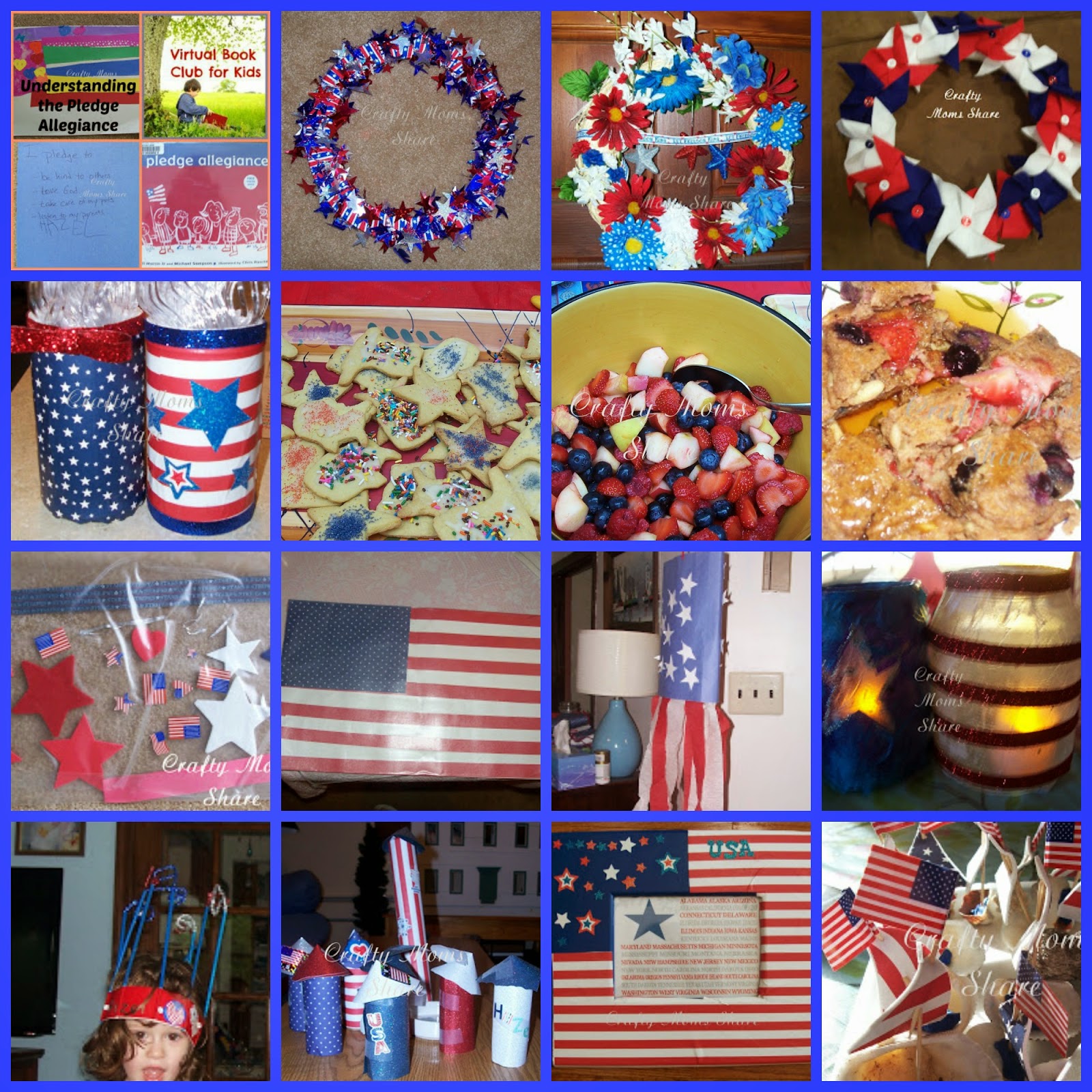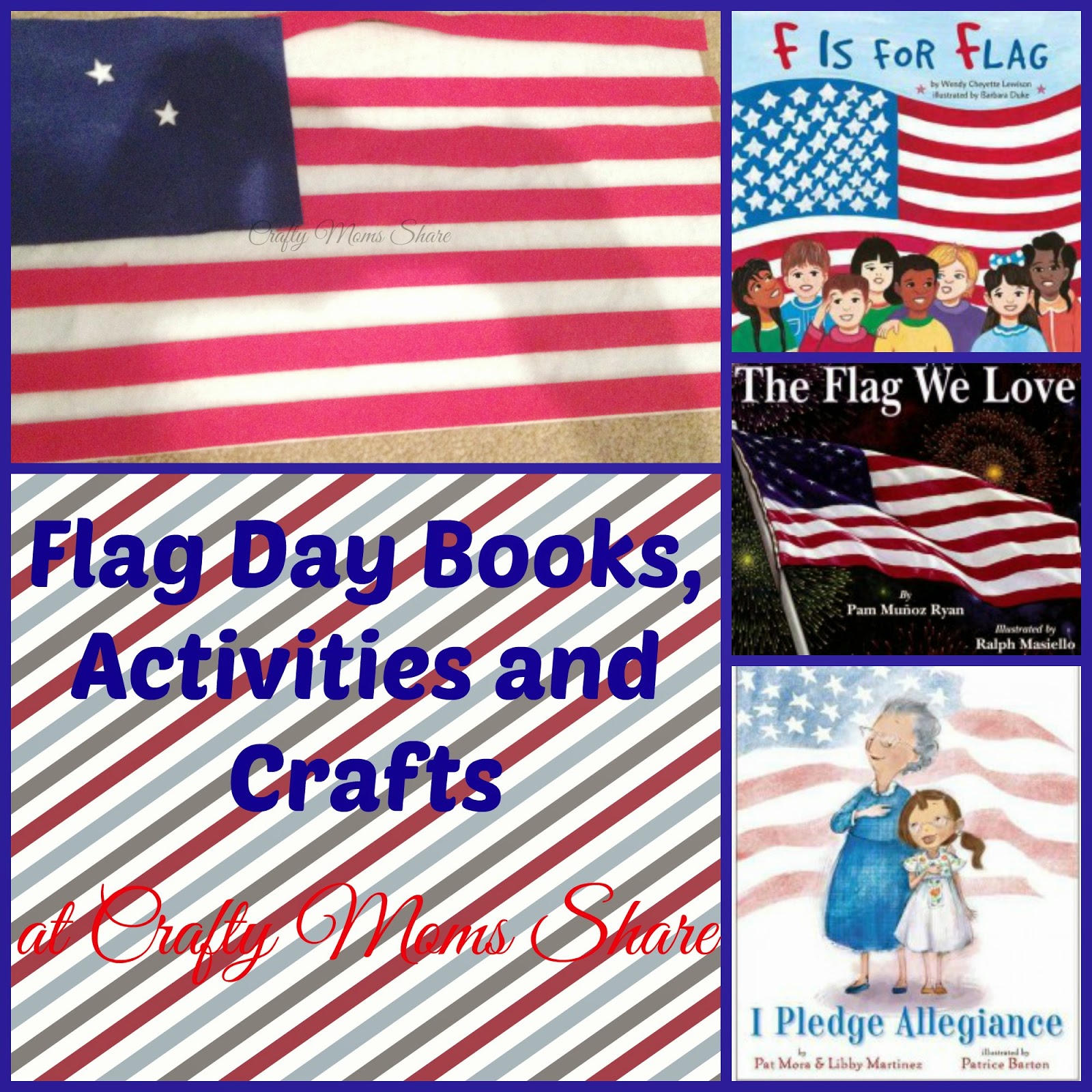We are expecting to deal with Hurricane Arthur this year on the 4th of July. Our original plans were to go to my parents on Thursday and go to their town's parade on Friday and fireworks on Saturday. Between the weather reports and Hazel and I both feeling a little under the weather, we changed our plans. So Hazel asked if we could have a cook-out for the 4th. I told her we were expecting lots of rain, so a cook-out was not going to happen. Next she asked if we could have an indoor picnic. This I agreed to as long as she picks up her toys so Daddy can vacuum and we have room in the family room to actually have our picnic. Next she asked if we could pull out all the patriotic decorations we have made for past 4th of July parties. This I agreed to as well with the same condition.
We did make a craft for this year as well. I was inspired by Buggy and Buddy: 4th of July Craft for Kids: Patriotic Necklaces. I cut up some red striped straws and some blue ones since we had them. We also bought a package of red, white and blue star buttons. Then we used whatever red, white and blue beads we could find. Our original idea was we would wear these to the parade, however since we are not going, we will just wear them for the day. We made three of them thinking we would be with my nephew for the parade.
I made this one using both holes of the buttons to pass the string and using three large buttons as the pendant.
Hazel made this one trying some sort of pattern of stars and straws. She asked me to put one of the stars on with both holes used after seeing mine.
This was my first one. I was trying to use what we had to make it similar to the one on Buggy and Buddy. Then I added my own twist to it.
For Memorial Day we did a patriotic round-up of our past decorations and things. Click on the picture to see the round-up.
We also shared some books and crafts for Flag Day. Again click on picture above to see this post.
For all of our American readers, we wish you a very Happy Independence Day!!






























